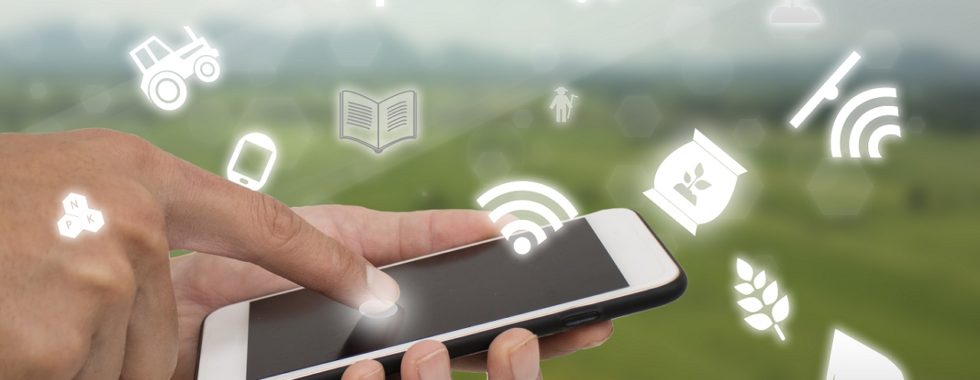Precision agriculture – the missing link
The agtech boom over the last two years is indeed astonishing. Farmers are becoming more open to new, emerging precision technologies and are more willing to adopt them.
Many great precision ag technologies are available today
Yield maps, VRA (Variable Rate Application), satellite imagery and in-field sensors have been around for a while. Drone technology is relatively a new player that holds the potential to make a substantial transformation in the way in which data is being collected.
However, with so many new technologies and precision agriculture companies that sprout up, there is still a missing link. Actually, there is more than one, but I would like to focus on one of the major missing links – decision making.
However, Precision agriculture is still limited
Many of the ag technologies today focus on precise application of fertilizer, pesticides and water. Many others provide good solutions for obtaining real-time information from the field, such as growth status, water conditions, nitrogen status, stress caused by pest or disease etc.
These can potentially help farmers make better decisions, by providing a higher quality or more accurate data. But in fact, the majority of today’s technologies provide only partial decision-making solutions and leave the decision to the farmer. Although this may sound very logical and straight forward, the end result of this situation is that the ability of such technologies to make a substantial impact on yield is limited.
For instance, growing in greenhouses is a well-established practice. The greenhouse is a controlled environment. Existing technologies allow for high precision in the application of water, fertilizers and pesticides. Because of the small area, scouting and identifying problems in time is done easily and most growers scout the plants on a weekly basis. Moreover, growers have a wide range of flexibility in splitting the greenhouse area to smaller sections and control each section individually.
And yet, there is still so much room for mistakes. Very often, operating and calibration errors result in conditions that are far from optimal. Because of the vast number of parameters that must be taken into account when having to make a decision, growers tend to ‘go back to basics’ and usually do not take full advantage of the technologies they already have at hand.
Furthermore, crop management decisions are complex and multi-dimensional, while most of the existing solutions only deal with one aspect of crop production.
Decision support tools are required
To summarize, many good new precision ag technologies are becoming available today. The clear majority of them provide either sensing solutions or precise application of inputs. The missing link is what comes in between – decision-support tools, that can provide farmers and their advisers with both actionable and validated recommendations.
It seems that it will take some time and substantial research before such tools are developed and adopted by farmers.




Agree on the decision support. If the data can be gained reliably (IOT) and put through existing production models it would help. There are not that many practical models with many tied up in the science community due to there sophistication. Beyond that, ‘big data analytics’ should be able to support the updating of existing and building of new models. In the end we will likely ignore data (or just make sure it feels right) and just use the decision support.
I believe we should be starting with schools and agriculture colleges and teach them about the importnace of sustainable agriculture conspets. I did this when I wnet to Agriculture School in Denmark.
i FULLY AGREE